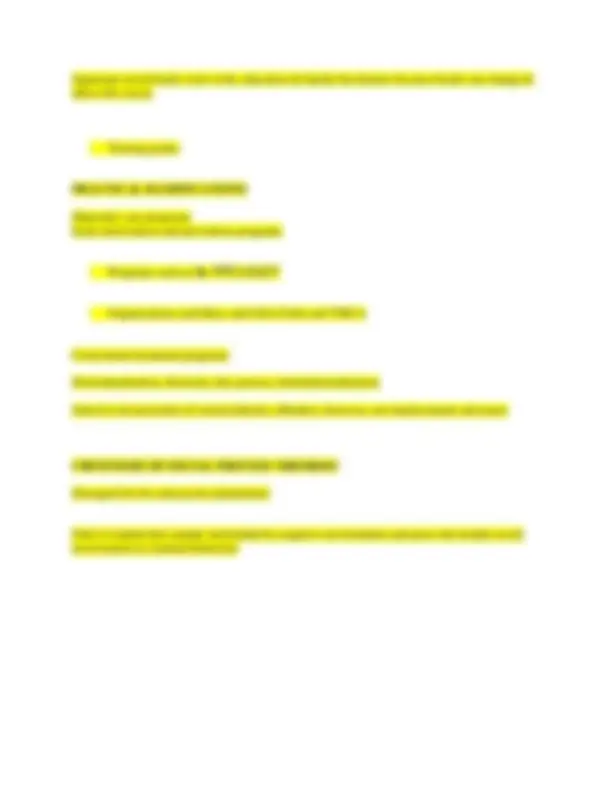







Study with the several resources on Docsity

Earn points by helping other students or get them with a premium plan


Prepare for your exams
Study with the several resources on Docsity

Earn points to download
Earn points by helping other students or get them with a premium plan
Community
Ask the community for help and clear up your study doubts
Discover the best universities in your country according to Docsity users
Free resources
Download our free guides on studying techniques, anxiety management strategies, and thesis advice from Docsity tutors
Walter Reckless containment theory and couple of others criminal minds theories
Typology: Lecture notes
1 / 9

This page cannot be seen from the preview
Don't miss anything!






LEARNING THEORY
MODELLING THEORY
Albert Bandura (1925-?)
Aggression seen as a means to an end
Critique – lacks comprehensive explanatory power
Ivan Pavlov (1849-1936)
Unconditioned stimulus: meat powder
Conditioned stimulus: bell
Learned that the sound of the sound of the bell preceded treat; induced salivation (conditioned response)
BEHAVIOUR THEORY
B.F. Skinner
Stimulus-response approach to behavior
Positive and negative rewards and punishments
Focus is on environment
Behaviours are modified depending on reward/punishment
Behavior learned through “law of effect”
Established connection between behavior and its consequences.
Learning to either make or withhold a particular response because of its consequences.
Positive reinforcement: Gain something we desire as a consequence of certain behavior.
Negative reinforcement: Avoiding an unpleasant event or stimulus as a consequence of certain behavior.
Rejected notion that crime was caused by “criminal type” or “psychopathology”
Said it was the social context that contributed to criminal behavior
DIFFERENTIAL ASSOCIATION cont.
Criminal behaviour is learned through social interaction with intimate groups
Learning includes:
a) Techniques to commit crime
b) Rationalizations and motives to commit crime
When ones definitions favorable to the violation of law exceed those unfavorable to the violation of law criminal behavior will occur
Extended Sutherland’s differential association and focused on peer influences
”differential social reinforcement”
Social reinforcements (or positive consequences) encourage individuals to continue in a life of crime
Behavior can also be learned through modeling
Developed by Sykes and Matza (1957)
If pressures to commit crime are so great, then why aren’t more people criminals?
Apart from committing crimes, why are criminals mostly like normal people?
“The dramatization of evil”; a “tag” being applied to identify child as delinquent
The child might then change own self-image or others might come to regard them as delinquent
An arrest leads to the delinquent being singled out for special treatment, precipitating a series of events including exposure to criminal justice institutions
Family and other social bonds control delinquent behaviour
Inner containment: components of the “self” (e.g., self control, good self-image, frustration tolerance)
Outer containment: social environment (e.g., family supervision and values, institutional reinforcement)
CONTAINMENT THEORY, cont.
Internal pushes (e.g. restlessness, impatience and anger) and external pulls (e.g., poverty, unemployment, the media, or delinquent friends) may pressure in a person into crime
Inner and outer containment control or contain crime
HIRSCHI’s SOCIAL BOND THEORY
Four strands of the bond:
Attachment: ties to conventional activities, institutions and individuals
Commitment: getting an education, vocational training and eventually a good job
Involvement: time spent in/with conventional activities, institutions and individuals
Belief: shared values – it’s wrong to steal, people should respect the law
Proposed by Gottfredson and Hirschi
Low self-control results in criminal behavior; absence of proper socialization (poor parenting) leads to low self control
LSC may also result in drinking/drug use, smoking promiscuity, gambling, overeating
Critics point out that some crimes(corporate, white collar, organized) require high levels of self control
Sampson and Laub were students of Hirschi
They suggested that self control that self control could change over time through social ties
Based on large scale study of juvenile delinquents followed to age 70
Life trajectory (course) of crime influenced by social bonds
Different life points will have different effects